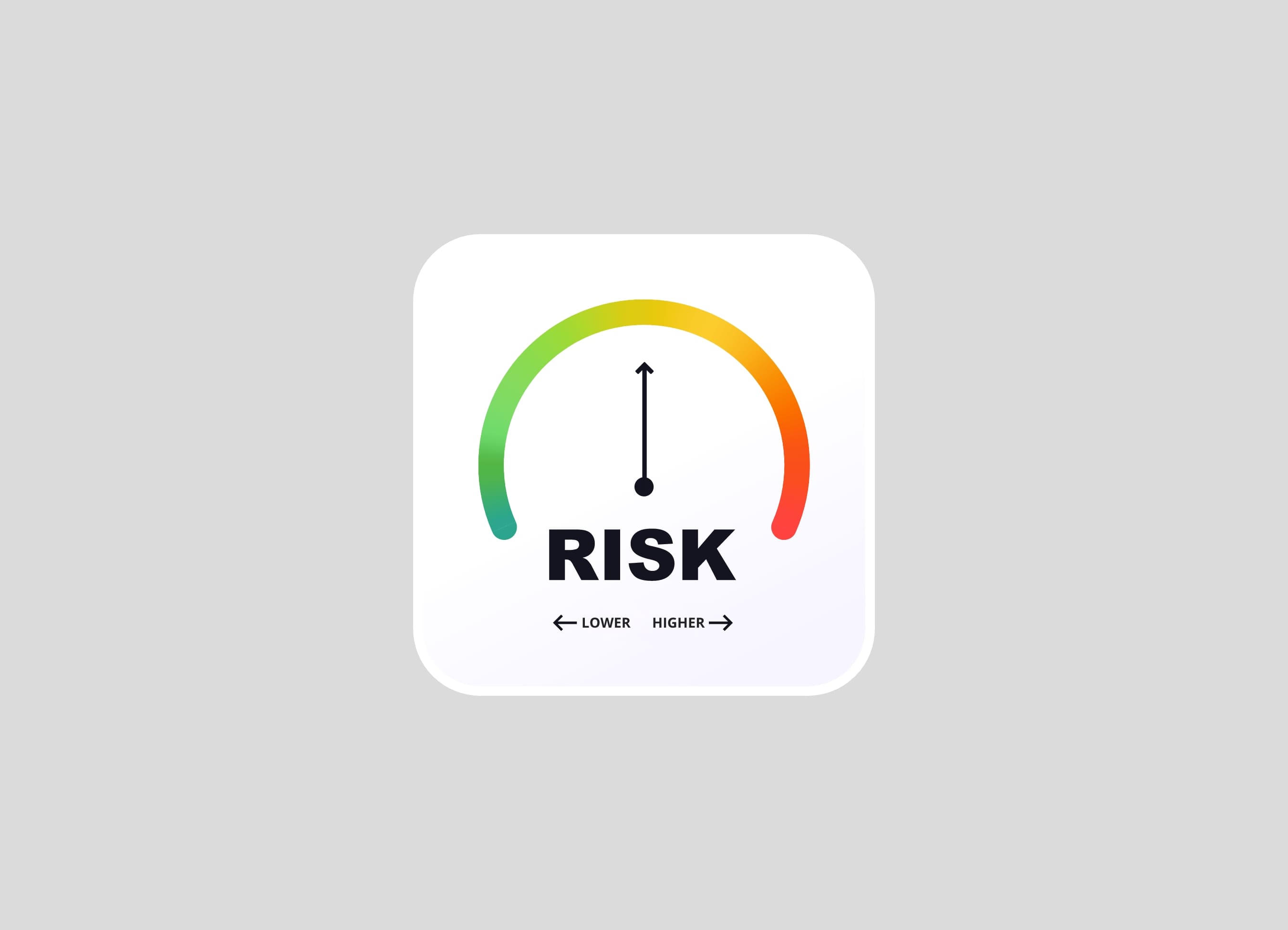Risk-Averse Trading: The Pros and Cons

Being risk averse in trading can come with a stigma attached, such as: “Why aren’t you making the most of the market? You’ll never make significant gains by being risk averse. Greater risk means greater rewards!”
However, both risk aversion and risk tolerance offer distinct benefits and drawbacks. While high-risk strategies may yield rapid gains, risk-averse approaches can deliver steady performance and protect against volatility.
What is risk aversion in trading?
The stock market is, and always has been, volatile. Whenever you invest, you’re giving your money to a company or organisation with the belief that your wealth will grow along with the company. That doesn’t always happen. Companies underperform or go bust, and in those cases, investors lose money. High risk investments can come in the form of companies disrupting the market with new products which may or may not succeed long-term - or high risk investments can take the form of commodities such as oil or gas, whose prices can fluctuate wildly from day to day, in response to global events.
Being risk averse means two things:
1. You prefer to invest in slower-moving, more certain sources of income.
2. You prefer to spread your investments across very different sectors and products.
Risk averse traders also tend to prefer liquid assets, meaning they can access their money freely and quickly, regardless of market conditions.
What are some risk averse trading strategies?
Risk averse traders tend to prefer dividend investing over growth investing.
Dividend investing is built around investment products which provide a steady (although smaller) income over a predictable period of time, such as via dividends that the company you’re investing in pays out on a regular basis.
Growth investing focuses on companies expected to grow at an above-average rate compared to the broader stock market, through reinvestment of earnings rather than paying dividends. It typically involves buying shares in businesses with strong potential for revenue and profit expansion. There is greater potential for you to lose your money with this type of investing, so it may not be suitable for risk averse investors, but the rewards can be greater.
Diversification is another popular strategy of the risk averse trader. Rather than betting all of their money on a few high stakes companies, risk averse traders will invest in many different industries and sectors which have little correlation with one another. This way, if one of their investments or sectors goes down, this can be offset by the stability or growth of other investments. Gold is a popular example - because it is a finite resource with many uses for both decorative and functional purposes, it tends to hold its value, and perform well in times of economic turbulence when many other assets drop in price.
What can risk averse traders invest in?
Even if you’re a risk averse investor, there are still many stocks and Exchange Traded Funds (ETFs) available to you that will suit your style. At Quilter Invest, we show at a glance how risky an investment is based on how many “chillies” it has. The higher the chillies, the higher the risk. Some of our lower risk options include:
Ready-Made Portfolio: Quilter MyGoal Conservative
Multi-asset investing involves spreading your money across different types of investments such as stocks, bonds, property, and commodities to reduce risk through diversification. If one asset falls in value, others may remain stable or grow. The Quilter MyGoal funds follow this approach, offering a balanced and diversified portfolio in a single investment. Quilter MyGoal Conservative is designed to help you grow your money slowly and steadily, minimising the volatility (i.e. the ups and downs) of investing as much as possible.
ETF: Slow and Steady
This fund invests indirectly into global exposure to value-growth assets such as shares, bonds, cash, and alternative assets with a lower volatility profile than higher risk options, to help give you peace of mind that your portfolio is better able to weather stormy tides.
ETF: All American
If you’re comfortable with a bit more volatility and want to include a higher risk option in your portfolio, the S&P500 might be an option to consider. At Quilter Invest, it’s branded as “the All American”, as it’s made up of the biggest publicly traded American companies. Some people consider this a “safer option” in the investing world, as it’s made up of so many successful companies that it seems unlikely to face long-term trouble, and has been a consistent performer for the past 100 years. That said, it is still a volatile ETF, which has capacity to drop overnight – and past performance doesn’t mean it will always do well in future.
Dividend-paying stocks
Some people like to add dividend-paying stocks to their portfolio as part of their risk averse, income investing strategy – as even when the stock price itself goes down, they continue to pay cash dividends in addition to any returns. This can help to create some additional passive income. However, it’s important to note that investing in individual stocks is not a low risk strategy, as single companies are much more prone to volatility than a basket of stocks in the form of an ETF or pre-made portfolio. If you’re risk averse, stocks should be included in addition to actual low-risk assets such as the MyGoal Conservative fund, as a small part of your portfolio, rather than making up the bulk of it.
Here are a few of our dividend-paying stocks available on Quilter Invest GIA & Stocks and Shares ISA:
1. Adidas ADS
2. Apple AAPL
3. Unilever ULVR
4. Ferrari RACE
5. Nike NKE
6. Nvidia NVDA
7. Microsoft MSFT
8. Moneysupermarket MONY
9. GSK GSK
Remember when investing your capital is at risk.
Being risk averse: The Pros
- Minimise your risk of loss by spreading your investments across several low-risk products
- Steady cash flow from products which pay out dividends or interest on a regular schedule
- Semi-predictable steady income thanks to established products such as government bonds
Being risk averse: The Cons
- Lower expected returns generally, compared to other higher-risk investments
- Missed opportunities, such as sudden drops and surges in stock prices, which can lead to profits for those taking more risk
- Inflation erodes the buying power of savings when inflation outpaces interest gained
Bottom line: Is being risk averse worthwhile?
At Quilter Invest, we believe that having some lower-risk investments as part of your portfolio is a smart way of mitigating risk, minimising loss, and securing some consistent income - but how much of your portfolio is made up of these low risk assets you decide to incorporate depends entirely on your own resources, personal risk tolerance, and goals.
Explore Quilter Invest's "MyGoal" Ready-Made Portfolios
This article is for informational purposes only and does not constitute financial advice. All investments carry risk. The value of your investments can go down as well as up, and you may not get back the amount you originally invested. Past performance is not a reliable indicator of future results. If you're unsure about investing, please seek independent financial advice.




